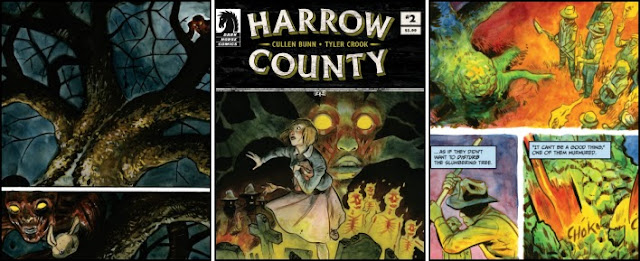 |
| THE AMAZING SPIDER-MAN No. 7, April 2016 |
Defended by Editor “Non-Negative” Nick Lowe for depicting Peter Parker with “classic Iron man trappings, Issue Seven of “The Amazing Spider-Man”
contains a Dan Slott narrative which arguably focuses “less [upon] spreadsheets
and power point presentations, and more [upon] action and high adventure” as Webhead
goes toe-to-toe with the evilly-influenced Cloak & Dagger for almost the entirety
of this comic’s second half. In fact many of this book’s 75,357 readers in
February 2016 probably felt they were holding an entirely different magazine in
their hands once the action centres upon “the bad guy’s drug lab” at the Putuo
District’s Sunny Day Cleaning Supply Company, and the Wall-crawler calls in Chief
Inspector Sun for some much-needed reinforcements.
Sadly however, in reaching such a dynamically-charged
sequence as the titular character battling Bill Mantlo’s human mutates, this
twenty-page periodical’s audience must first have endured a seemingly endless
carousel of supposedly inter-connecting scenes which in brief allow Aunt May’s
nephew to identify Mister Negative’s target, covertly attach a micro spider-tracer
onto Tyrone Johnson, further upset Doctor Wu, alienate Lian Tang, observe the domestic
life of Harry Osborn and re-introduce the super-powered Regent, who was last
seen in this publication’s opening edition. Admittedly most of these tiresomely
tedious insights, such as Mister Quinghao publically planting a tree, only last
half a dozen panels or so. But others are significantly longer and as a whole make
the flow of this comic’s storyline feel extremely choppy and uncoordinated.
Fortunately once Spider-Man does start “quipping in
foreign countries” and desperately dodging Tandy Bowen’s darkforce energy
blasts, the American author’s writing at least improves as far as this comic’s
pacing is concerned. Indeed in some ways his narrow victory over Martin Li’s
mind-controlled minions, courtesy of kicking a box load of Shade over Dagger, harks
back to the old days when “Peter was a standard bloke with standard gear” and
had to rely more upon his quick-wits than technological advancements in order
to best his foes.
Disappointingly though, the same cannot be said for Dan Slott’s
unconvincing dialogue, which sounds unrealistically forced throughout this book,
especially during the heat of battle. It certainly seems odd that anyone would
verbalise such a poorly constructed sentence as “The mindless banter. Ugh.
Tyrone, tell him”, even if they had been surprised by the appearance of Peter
Parker’s alter-ego and never found his repartee “funny. Honestly. None if it.”



































